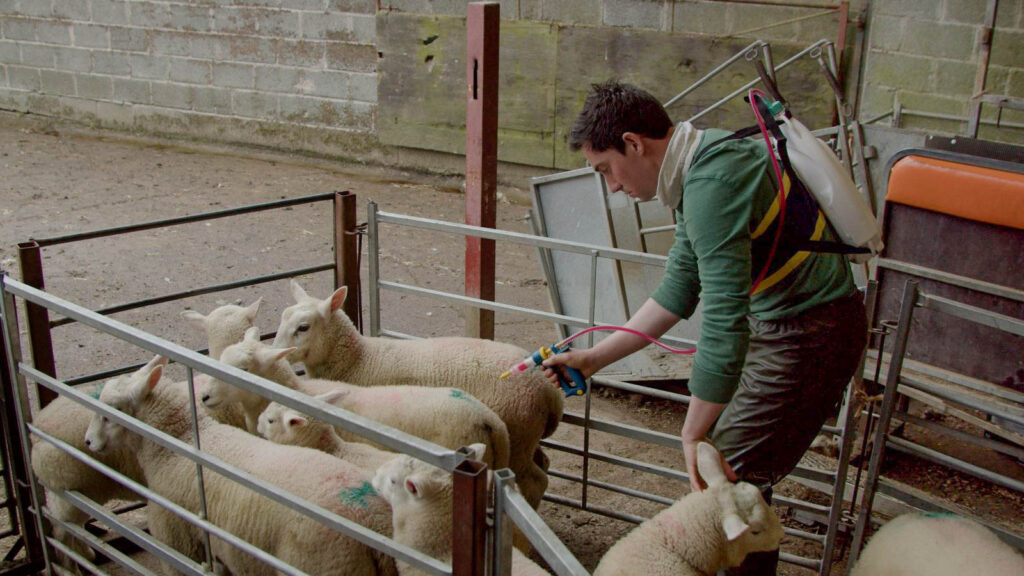Use Blowfly Forecast to assess your farm’s risk level
17th April 2023
Sheep farmers are being encouraged to take advantage of Elanco’s Blowfly Forecast to monitor fly populations in their area and develop a control plan ahead of rising temperatures.
The tool has been developed in collaboration with NADIS (National Animal Disease Information Service) to help farmers identify periods of high blowfly strike risk for their flocks, said Elanco Animal Health’s ruminant technical consultant, Matt Colston.
“Changing weather patterns mean the fly season is starting earlier and lasting longer,” he warned.
“This means farmers should be prepared to apply protection early on in the season, as preventative treatment is always the most cost-effective strategy against blowfly strike.”
According to Mr Colston, the active season for the main species causing blowfly strike in the UK – green bottle – is now longer, causing strikes to occur earlier in the spring and continue well into autumn. He recommends using the Blowfly Forecast to monitor fly activity, which tends to start as soon as temperatures rise above 9°C.
“Once the temperature gets above this, any pupae in the soil will start to develop and the first wave of flies will emerge,” he added.
As blowfly strike can happen very quickly, Mr Colston considers prevention of vital importance. “Prevention is essential because by the time symptoms are visible, it’s typically too late to protect sheep, and treatment can be costly.
“By taking early action to tackle the first wave of flies, farmers can reduce blowfly numbers early and dramatically reduce the risk of fly strike for the whole season,” he advised.
Figures from the National Farm Research Unit’s Blowfly Study in April 2018 show 94% of farmers have reported being caught out by strike, while 99% say it has caused them financial losses. Alongside other factors, Elanco’s Blowfly Forecast can be used to assess a farm’s risk level.
Other factors include:
- The location of the farm – with lowland flocks at greater risk
- Whether tails have been docked – with undocked sheep at greater risk
- Faecal soiling
- Whether a preventative treatment has been applied
- The farm’s history of strike
- The weather – with warm and wet conditions increasing the risk of fly strike
“Once blowfly strike has been identified as a risk, farmers can protect their sheep by applying an Insect Growth Regulator (IGR) product, such as those in the CLiK™ range,” Mr Colston recommended.
The range includes: CLiK™ Extra, CLiK and CLiKZiN, which offer a scale of protection from eight to 19 weeks, with CLiKZin offering a meat withdrawal period of just seven days. For best results, IGR products must be administered correctly using the correct dosage, Mr Colston cautioned.
“I’d advise farmers to use the four-stroke application method to ensure there’s a four-inch bandwidth of product applied on the animal, taking care when lambs are small because a smaller target requires greater precision.”
“I’d also recommend applying the product in a pen, rather than a race, and clip out dags first to make sure animals are clean before application,” he added.
For more tips on how to protect your flock in the blowfly season ahead, read our guide here.

